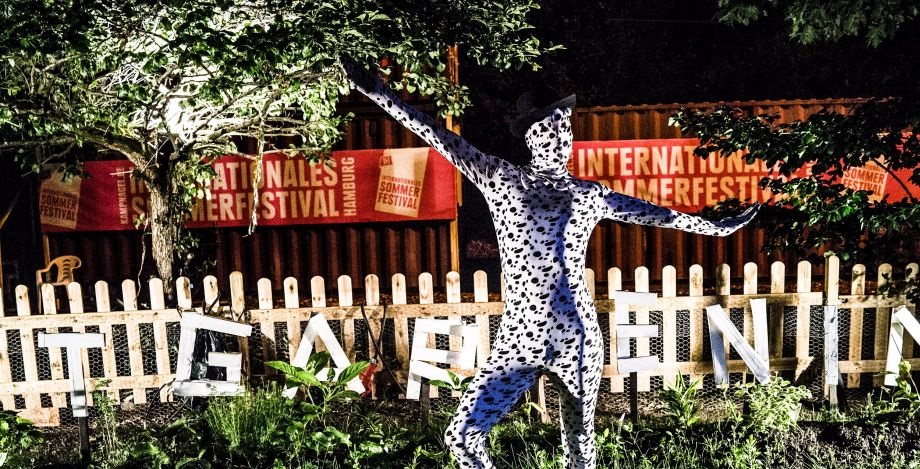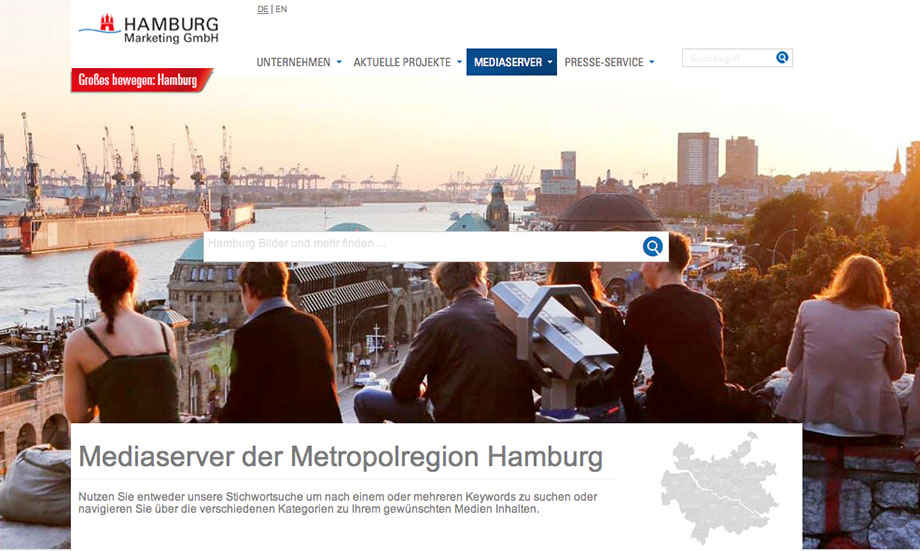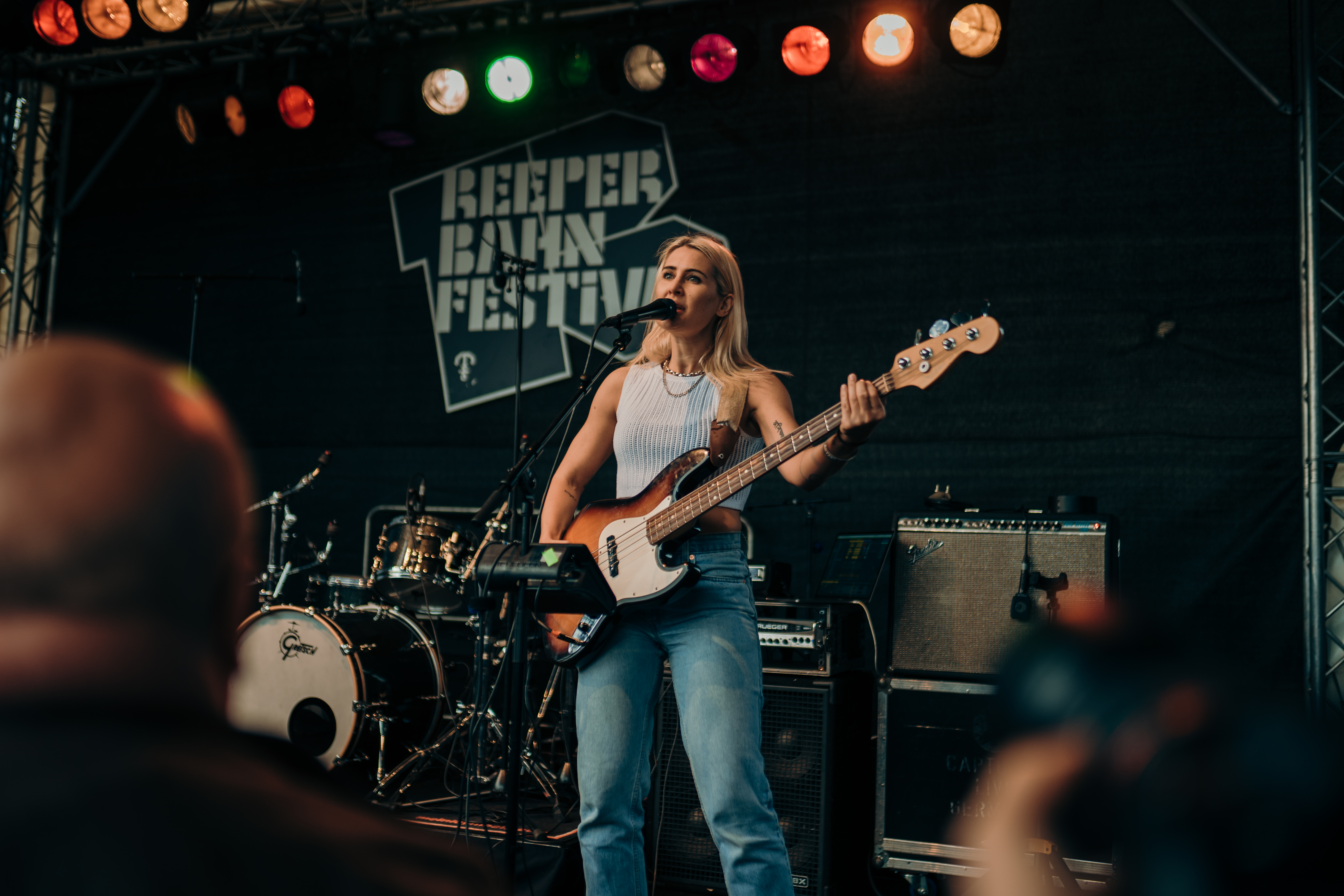Kampnagel: Theatre of the Future

The Kampnagel theatre in the district of Barmbek stands for change and resistance. The history of the premises illustrates social processes that are being addressed in many of Kampnagel’s productions. In 1865, when the ironworks Nagel & Kaemp was founded, the factory enjoyed international success with the construction of ship cranes. However, with the introduction of containers, the crane construction business collapsed. The factory subsequently produced forklifts, until the work was finally closed down for good in 1981. Even today, there are still cranes situated on the Kampnagel premises to commemorate Kampnagel’s industrial past.
Space for Experiments
The vacant site was then supposed to be turned into a residential quarter. And this is where the story takes a different turn: that of a rare stroke of luck. When the abandoned factory halls on Jarrestrasse were about to be demolished, the Deutsches Schauspielhaus theatre on Kirchenallee was in the middle of renovations. The directors, set designers and technicians temporarily relocated to Barmbek, and when the Schauspielhaus ensemble entered the factory halls, their eyes lit up with joy.
Everything was possible in this 70 metre-long hall with its bare walls: art installations, large-scale performances, long distances, and great experiments. This vast industrial castle on the Osterbekkanal provided room for walking, experimenting and dreaming.
International Avantgarde
When the Schauspielhaus team moved back to Kirchenallee, Kampnagel was once again facing demolition. However, after the first Summer Theatre Festival, the Hamburg Senate decided to keep the “theatre factory” for as long as it would retain its audience. Today, Kampnagel attracts 160,000 guests annually. Even after renovations in 1998, the halls’ industrial past is still visible. Kampnagel refers to itself as a production facility: it is not a repertory theatre, where actors perform prescribed roles. Instead, artists have the freedom to develop their own material.
Independent theatre groups, choreographers and performers appreciate the anarchic atmosphere of the Kampnagel halls: technicians sit right in the middle of the audience, there is virtually no backdrop, and almost no distance between the audience and the action on stage. Choreographers such as Pina Bausch, John Neumeier and Peter Brook have been inspired by this ethos. Yet Kampnagel does not only feature internationally renowned choreographers, but also unknown theatre groups, activists and scholars from around the world. Socially committed groups such as Geheimagentur and Rimini-Protokoll are regular guests at Kampnagel.
Current Program
From August 9 to 27, 2017, more than 70 artists from around the world will come together at the International Summer Festival at Kampnagel in Hamburg.
Artistic Resistance
According to Amelie Deuflhard, Kampnagel’s artistic director, the role of art is “to shake up, to disturb, to touch and to scandalise.” Ms Deuflhard previously served as director of the Sophiensäle in Berlin and made a name for herself by performing at the Palast der Republik in East Berlin. In 2007 she was appointed director of Kampnagel. In 2014, she provided asylum for six refugees over the winter months on the Kampnagel premises in a replica of the Rote Flora, which earned her a criminal complaint: the right-wing populist party AfD accused her of aiding and abetting illegal residency. Amelie Deuflhard stayed cool – and is not afraid to take a political stance.
In Kampnagel productions, the effect is often more important than the interpretation. The pieces, key themes and festivals portray a confusing world in a state of turmoil, they question political conditions and design concepts for the future. Kampnagel is not only a venue but also a research lab and a place of artistic resistance. The living conditions of actual people provide the centrepiece for all productions. Kampnagel is Hamburg’s rebel, its conscience and its theatre of the future.






